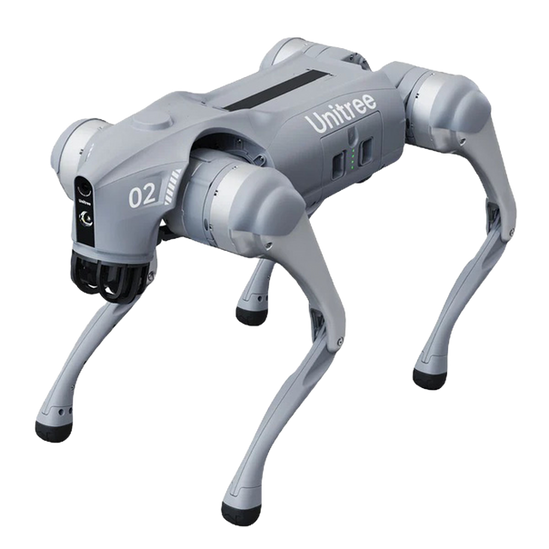Precision Forestry
A forestry management technique that uses drones and other technologies to monitor forest health and optimize logging operations.
As forests face increasing pressures from both human activity and environmental change, understanding terms like Precision Forestry is crucial for foresters, environmentalists, and policymakers alike. This concept encapsulates the intersection of technology and forestry, providing a pathway to smarter, more efficient management of forest resources.
What is Precision Forestry?
Precision Forestry is a forestry management technique that uses drones and other technologies to monitor forest health and optimize logging operations. This approach integrates data collection tools with advanced analytics to improve decision-making regarding forest management. By harnessing information about tree health, growth patterns, and environmental conditions, Precision Forestry enables more targeted and sustainable practices. It not only enhances awareness of forest conditions but also increases logging efficiency and minimizes ecological impact.
Key Concepts:
Remote Sensing: The use of aerial techniques like drones to gather data on forest canopies and ecosystems without direct contact.
Data Analytics: Employing advanced software and algorithms to analyze collected data, which helps in understanding patterns and trends in forest health.
Sustainable Harvesting: Implementing strategies that optimize resource extraction while preserving ecological integrity.
Biodiversity Monitoring: Tracking species health and diversity within forest ecosystems to promote conservation efforts.
Real-Time Monitoring: Using technology to provide continuous updates on forest conditions, allowing for prompt management decisions.
Applications and Relevance:
Forest Health Assessment: Drones can assess conditions like tree disease or pest infestations, enabling targeted interventions.
Resource Inventory: Collecting data to quantify biomass, species composition, and carbon storage, informing management practices and policies.
Logging Efficiency: Optimizing logging routes and schedules based on data analysis, reducing waste and operational costs.
Climate Resilience Planning: Analyzing forest data to develop strategies that enhance the resilience of ecosystems against climate change.
Community Involvement: Engaging local communities in monitoring and decision-making to foster stewardship and sustainable practices.
Challenges and Considerations:
Technological Barriers: The need for proper training and resources can limit the adoption of Precision Forestry, especially in remote areas.
Data Privacy and Security: The collection of sensitive ecological data raises concerns about information misuse or unauthorized access.
Cost of Implementation: Initial investments in technology and infrastructure can be substantial, potentially deterring smaller operations.
Integration with Traditional Practices: Balancing modern techniques with established cultural and traditional forestry practices may present challenges.
Environmental Impact: While technology aids in monitoring, care must be taken to avoid disturbances to wildlife and habitats during drone operations.
Future Trends and Innovations:
Artificial Intelligence: Enhancements in AI will allow for more sophisticated analysis of forest data, leading to predictive modeling for better decision-making.
Machine Learning: As data collection expands, machine learning can be employed to identify complex patterns in forest health and growth.
Integrated Technology Platforms: Development of user-friendly platforms will facilitate easier data integration from various sources, making insights more accessible.
Collaborative Efforts: Increased cooperation among stakeholders will promote innovation and sharing of best practices in Precision Forestry.
Carbon Trading Initiatives: Aligning Precision Forestry with carbon credits and trading could motivate more sustainable practices through financial incentives.
Precision Forestry represents a pivotal advancement in sustainable forest management that leverages technology to ensure forests are monitored, managed, and maintained wisely. As pressures on global forests continue to grow, understanding and adopting practices like Precision Forestry become essential for promoting ecological health, enhancing logging operations, and addressing broader environmental challenges. By advancing our approaches to forest management with emerging technologies, we can foster healthier ecosystems that benefit both nature and human communities.














